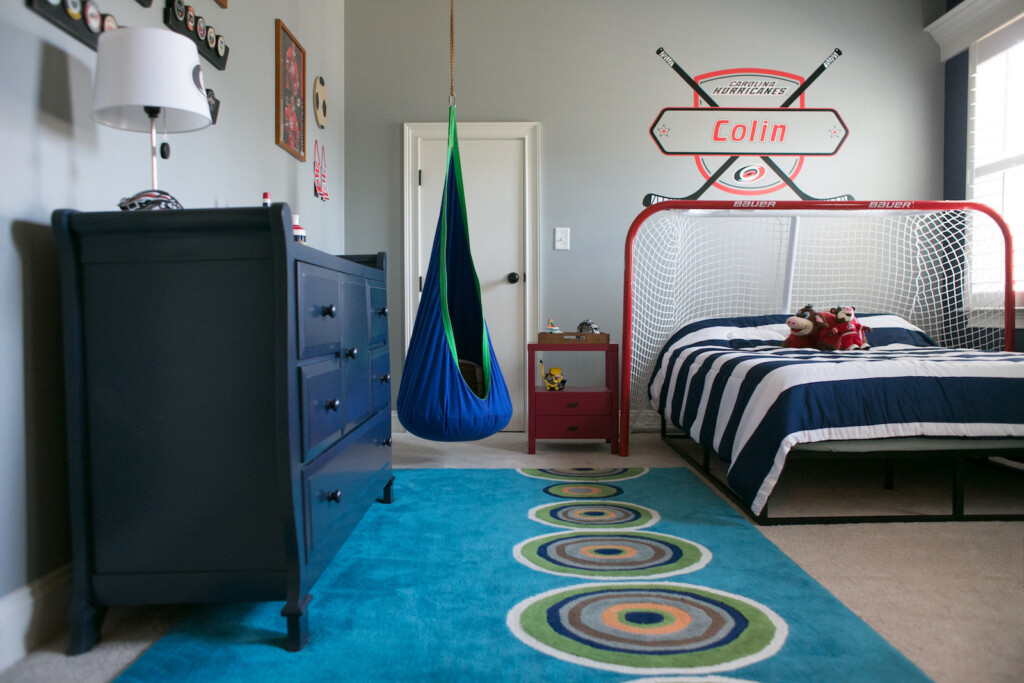SABER
Want to say something impactful about this paint and it's origin, this is the place to do it - this is an example of what a user would get when they click on the stains from the hub page or the side bar that is on the internal subpages.

Here at TEW Design Studio, everyone on the TEWcrew loves to have fun designing kids’ rooms. They enable us to get in touch with our own inner child to find creative ways to personify your child’s favorite things. Their room should be a creative space that they can grow into over the years.
With this in mind, we’ve come up with four tips that we follow when designing creative spaces for our youngest clients.
We counsel our clients to help them understand that making sure the space is functional in different ways, should be the first thing they consider. We always think about how the space will be used in the near-term as well as over time (decades!) to come up with the best layout.
For example, it’s important to have a designated sleeping area, wardrobe area, as well as play and reading areas.

Incorporating creative storage solutions is always a good idea. This can include open cubbies for easy access, wall shelves for books, clear canisters to store hair ties and bows, or baskets for all those stuffed animals. Making sure all these elements are accessible and easy to find can also help make it easier to keep things tidy.
A child’s room should feel comfortable to them. This is a place where they can play, learn, wind down, and rest. It’s important to think about what makes them feel like it’s their safe space. Adding a cozy reading nook, blackout curtains for better sleep, a place for a sound machine or humidifier, and layered lighting can help provide comfort.

We all know kids are little explorers and might throw things, bump things, or spill grape juice all over. So, sourcing materials, fixtures and furnishings that are durable is a must.
Keep in mind, that does not necessarily mean you have to spend a fortune on a furniture piece. An interior designer is good at helping you figure out where to splurge and where to save.

Designers know which materials are best for different furnishings, which fabrics hold up best over time, and which ones are the easiest to clean. For example, finding a dresser that doesn’t have drawers that are hard to open or close, chairs with performance fabrics that offer wipeable materials, and washable rugs.
Adding personal touches throughout the space to make things fun is the most important tip from the child’s perspective. You don’t have to go crazy with a specific theme. Starting with a color palette and adding unique elements with things like removable wall decals, art, and pillows can really personalize the space and be easily changed as their interests change throughout the years.

Are you considering a new space for your youngest inhabitants? We’d love to help you generate creative ideas.